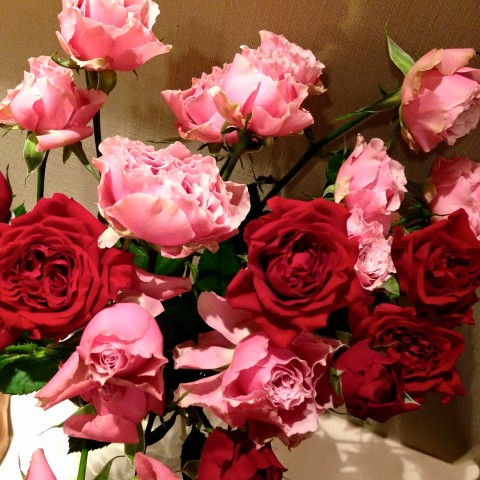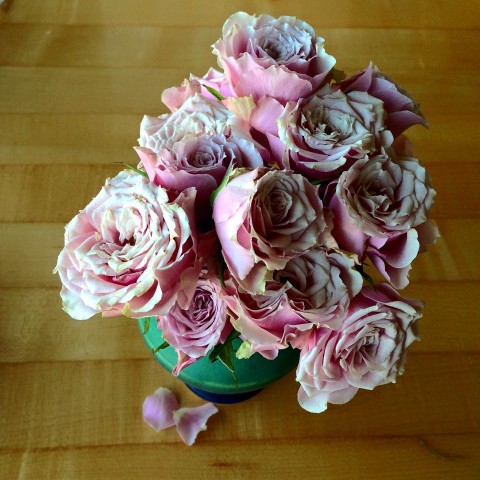

Hozumi Nakadaira (with Hybrid Soul guitarist Chris Young at a Tokyo gallery, which recently had a retrospective show) has been taking photos of jazz musicians for decades.
His photos of John Coltrane, Miles Davis, Duke Ellington and other legends are a documentation of history _ and gorgeous testaments to their art.
He was one of the few who had bothered to take their photos _ legends making history.
Only the musicians appreciated he was there, snapping away with so much creativity their moments of creativity.
That’s amazing.
What’s even more amazing, Nakadaira has never made any money off his photos.
Making giant prints for exhibits is very expensive.
He can’t sell them because they don’t fit in any homes.
He sells smaller prints at a fraction of their cost at a several hundred dollars a piece, or replica post cards at cheaper prices even I can afford.
They don’t make up for what he has had to spend on travel to take photos at concerts and clubs around the world.
Nakadaira complains people don’t understand photography is art.
They ask to borrow his negatives _ for free _ as though the fruit of hours of effort and talent and work of love is an accidental commodity at a push of a button that can be borrowed and returned.
Nakadaira runs a cafe called “Dug” in Tokyo, where he used to have concerts by musicians you wouldn’t expect to hear up so close.
But he had to stop the performances. His neighbors didn’t like “the noise.”
He still doesn’t expect to make money from his photos _ those photos he takes carefully on old-fashioned film, those photos that have become album covers of famous artists, some taken right at Dug, transformed in his photo to a dramatic backdrop that claims its rightful place in the history of art, no longer a tiny, dark basement cafe.
There is no money. But he won’t stop.

